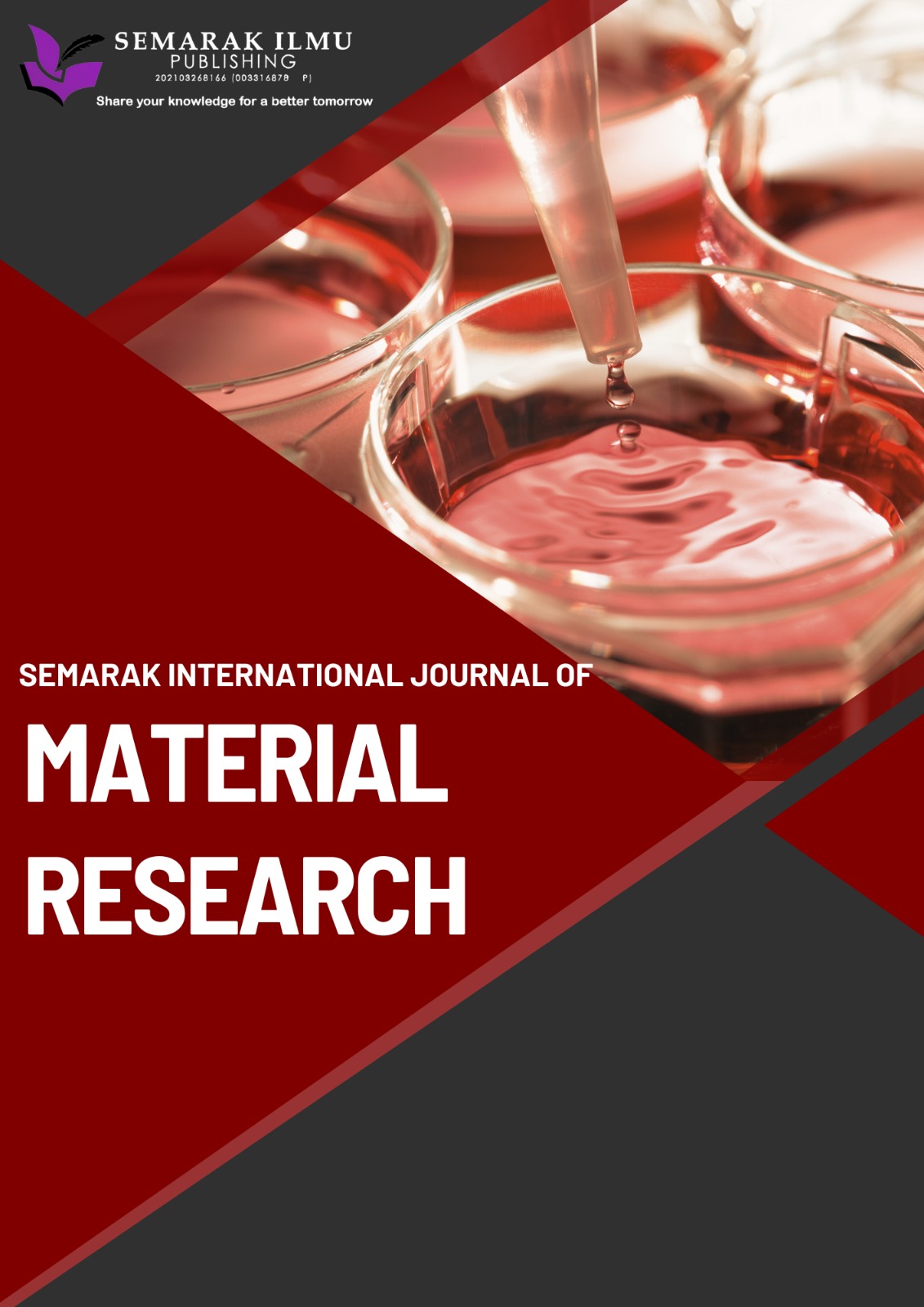Enhancing Zirconia-Toughened Alumina with Polyethylene Glycol (PEG) and Empty Fruit Bunch-Derived Solid Carbon
DOI:
https://doi.org/10.37934/sijmr.1.1.4151Keywords:
ZTA, PEG, EFB, density, hardness, fracture toughnessAbstract
Zirconia-toughened alumina (ZTA) is a widely utilized oxide ceramic known for its exceptional toughness, wear resistance, and corrosion resistance, making it suitable for applications such as cutting tools and biomedical devices. Despite its advantages, the burnout of binders like polyethylene glycol (PEG) at high temperatures leaves porous structures in ZTA composites, potentially hindering densification and material performance. This study aims to enhance ZTA composite properties by using PEG to create pores that facilitate carbon (C) infiltration through the chemical vapor infiltration process, utilizing biomass-derived carbon from empty fruit bunches (EFB). The ZTA composites were impregnated with different amounts of PEG, ranging from 0 to 5 wt%, to increase the porosity of their microstructures, as the composites had to be porous to facilitate efficient C deposition, and achieve optimal strength. Empty fruit bunches (EFBs) were used as the C source. The scanning electron microscopy (SEM) results revealed that the PEG formed pores on the surface of the ZTA composites, possibly, because the higher PEG concentration decreased the density of the ZTA composites. However, the density of the ZTA composites increased post C infiltration as the C filled the pore spaces. The C-infiltrated ZTA composite containing 3 wt.% of PEG had the highest density (4.145 g/cm3) as well as the highest hardness (1911 HV) and fracture toughness (6.98 MPa.m1/2). It also required the lowest Raman spectra intensity ratio (ID/IG, 1.26), which indicated that it contained a high percentage of sp2 hybridised C atoms and a higher degree of graphitising C. Our findings had proved that during the sintering process, the binder evaporated, leaving pores that were later filled with C. This improved fracture resistance, hardness, and density because fewer pores remained, and porosity was reduced. However, as the PEG content increased to 4 wt.%, mechanical properties declined. This was due to agglomeration, which created more pores in the microstructure, making it easier for cracks to spread.









